In the meantime, after many days of investigation at metal suppliers’ and plumbing stores, Barry (Kernel Stone) gets to work on a test leaf using roofing copper from Alco hammered around a wooden log. He also makes a horizontal plate to hold the kernels inside the leaves so we can “cheat’ on the number of glass kernels required and give the illusion of a full cob of corn. We decide (much to my environmental chagrin) that rounds of inch thick styrofoam insulation boards can work to help build up from a few single exposed kernels to the point where a full ring of kernels would first be visible. The styrofoam won’t add weight.
iSept 29, 2017: How many leaves and how tall? I have my imaginings of corn as high as an elephant's eye, but today we look at photos of corn cobs and take serious measurements. Most real corn cobs have a ratio of 4" high to 1" diameter. My 8-kernel rings are just over 12” in diameter, so that calculates to a 4’ high cob… not tall enough in my mind's eye, but when we add leaves to the base and a happy set of el-wire corn silk to the top, I think we can get close to 6 feet tall. Happy me. And the copper sheet has arrived, thanks to Barry and our stalwart house guest Robert Gardiner who took the trip to Sequoia Copper and Brass in Hayward yesterday.
Sept 30, 2017: We set up and secure the first “fake” rounds of corn on the internal structure. We go to the garden (at Lake Merritt) to measure for the grapes I want to hang from the Brugmansia and I imagine the cob of corn in situ I’ve now attached all the full rounds of corn with Magic Sculpt and Barry has competed the wiring. My studio is in chaos! Sixteen days to go til set up. I sure hope this works!
October 1 2017: Kim gets word that the pot of glass at the studio will be charged with white glass tomorrow instead of clear. Kim races to the studio to blow a few more small kernels for the top layer and will return tomorrow to blow the very top piece before the glass gets changed.
We work in the studio in the evening and decide on the actual stacking order of the glass. Kim will need to mold more Magic Sculpt into the interstitial areas to block the light and give the “cob” behind the glass kernels a continuous look.
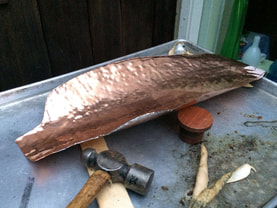
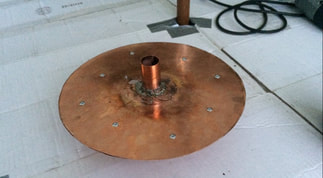
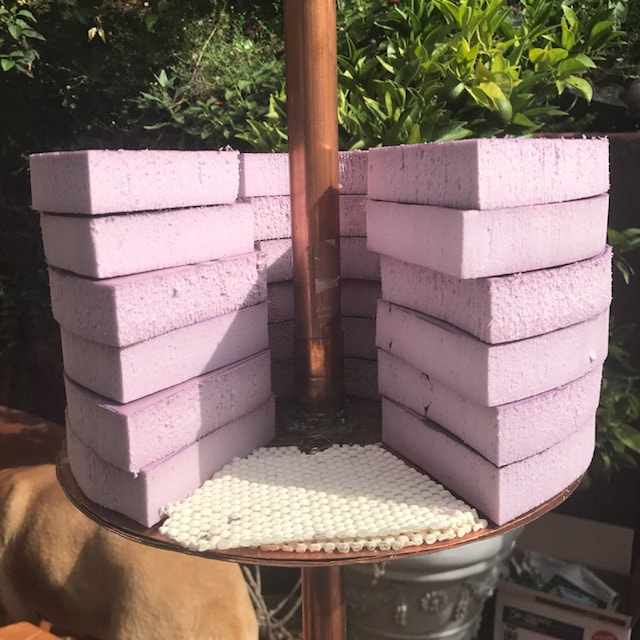
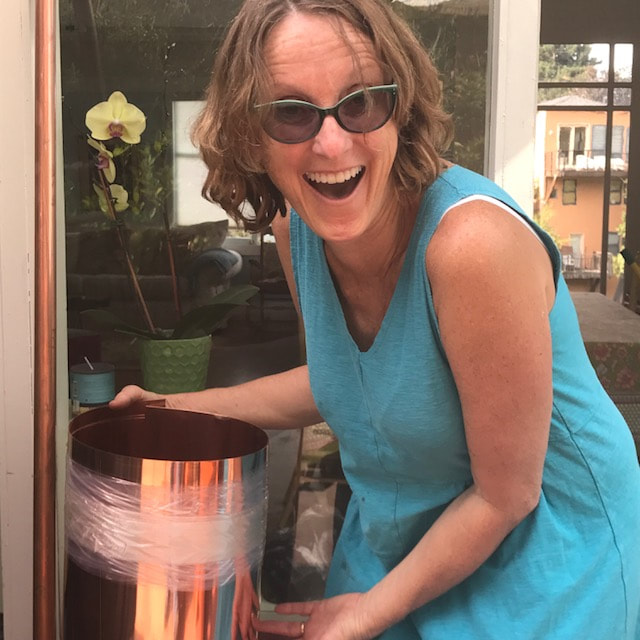
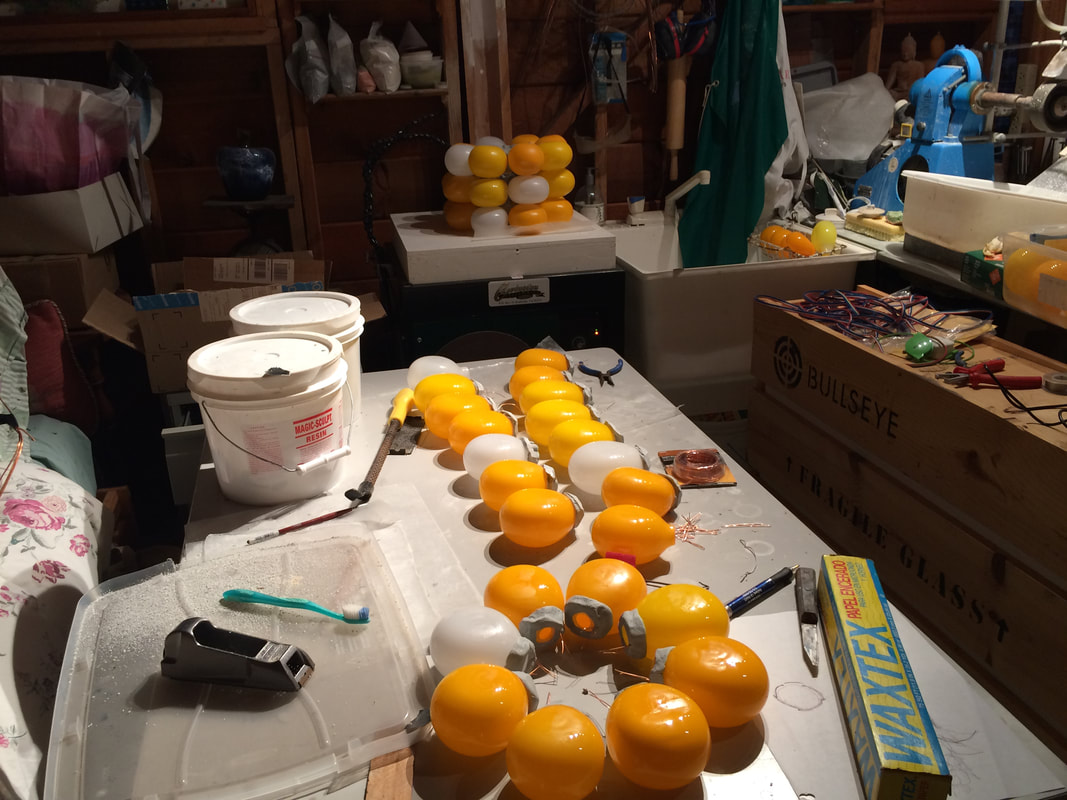
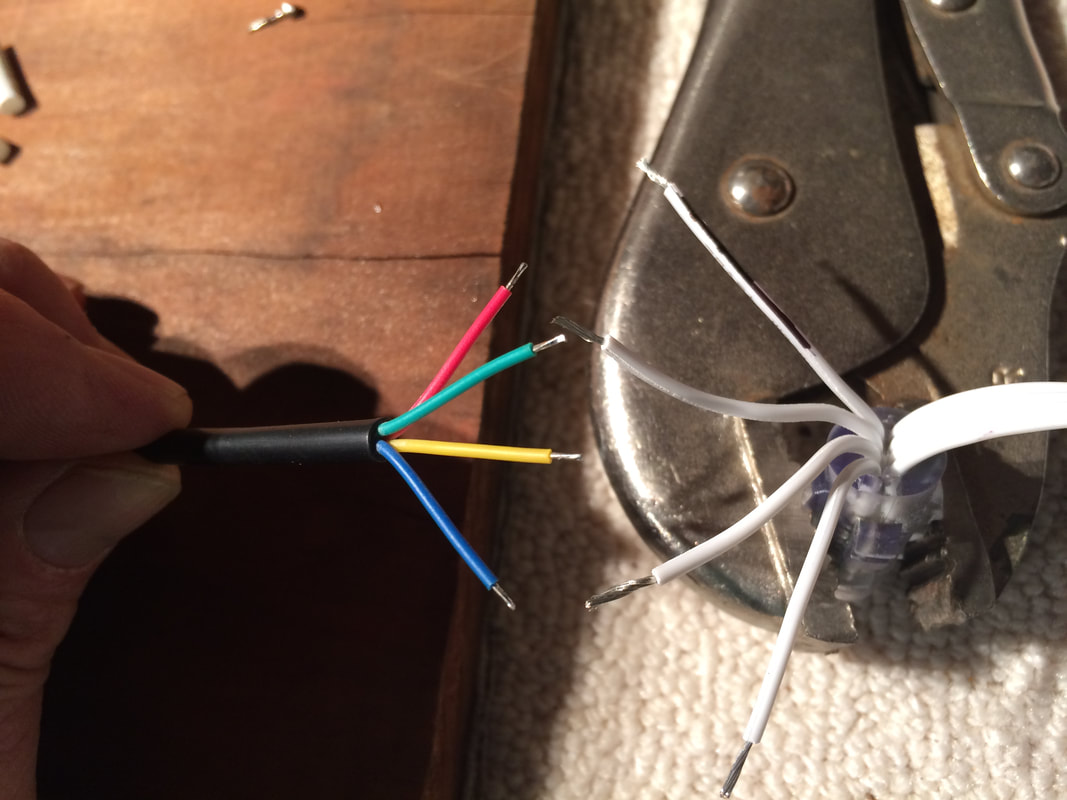
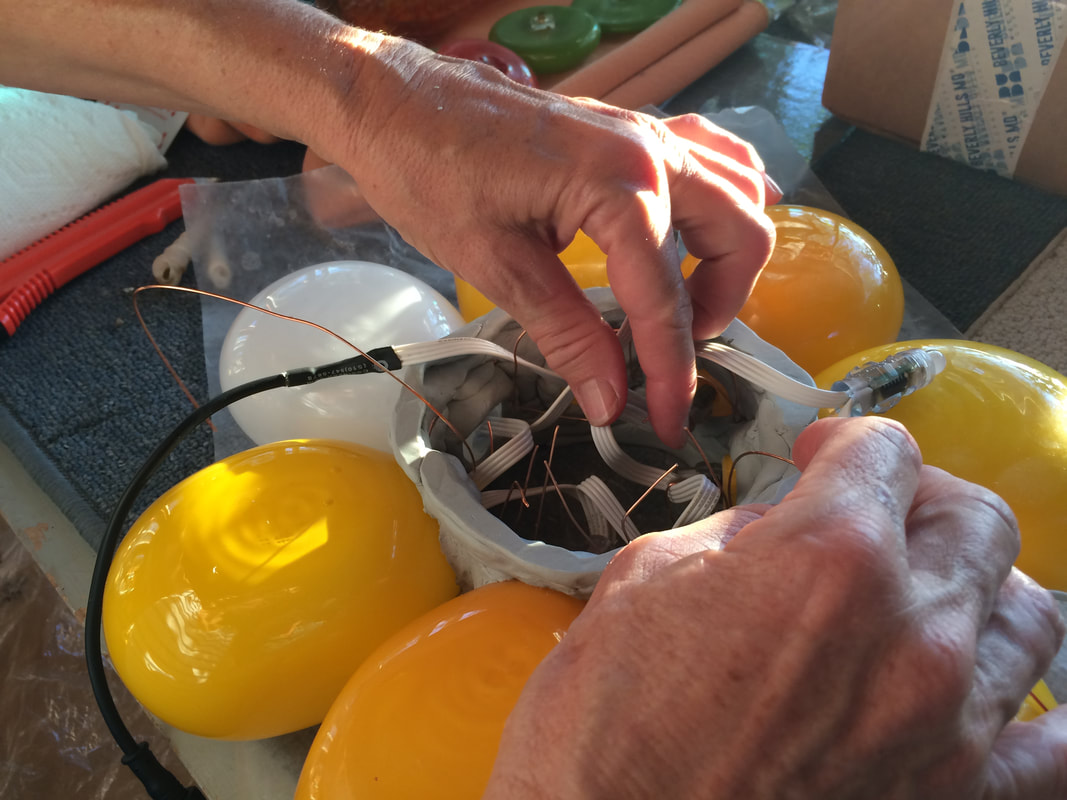

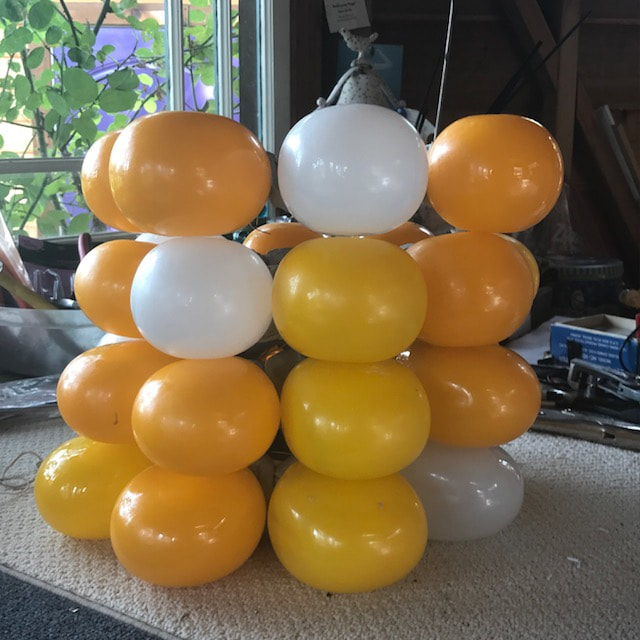
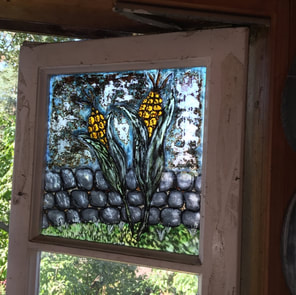

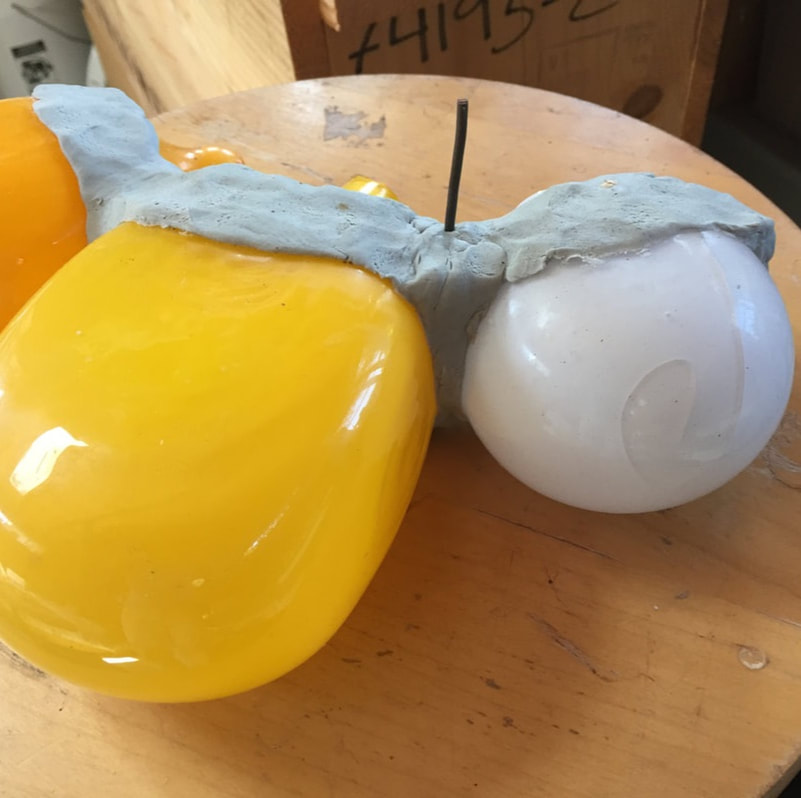
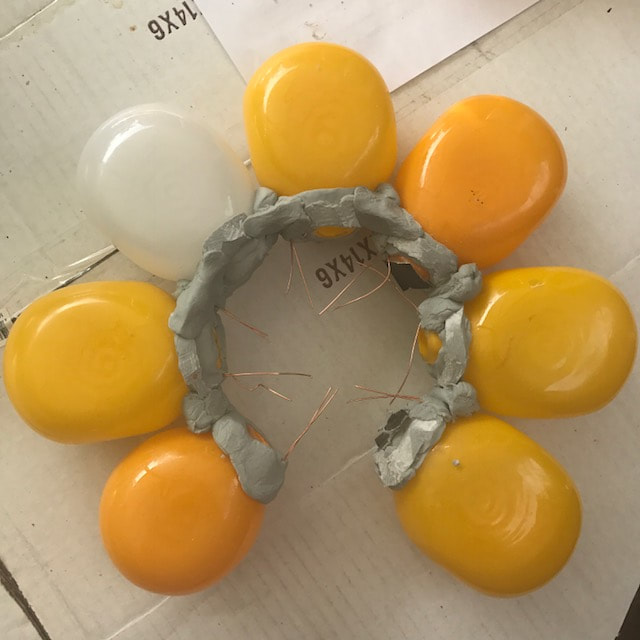
 RSS Feed
RSS Feed